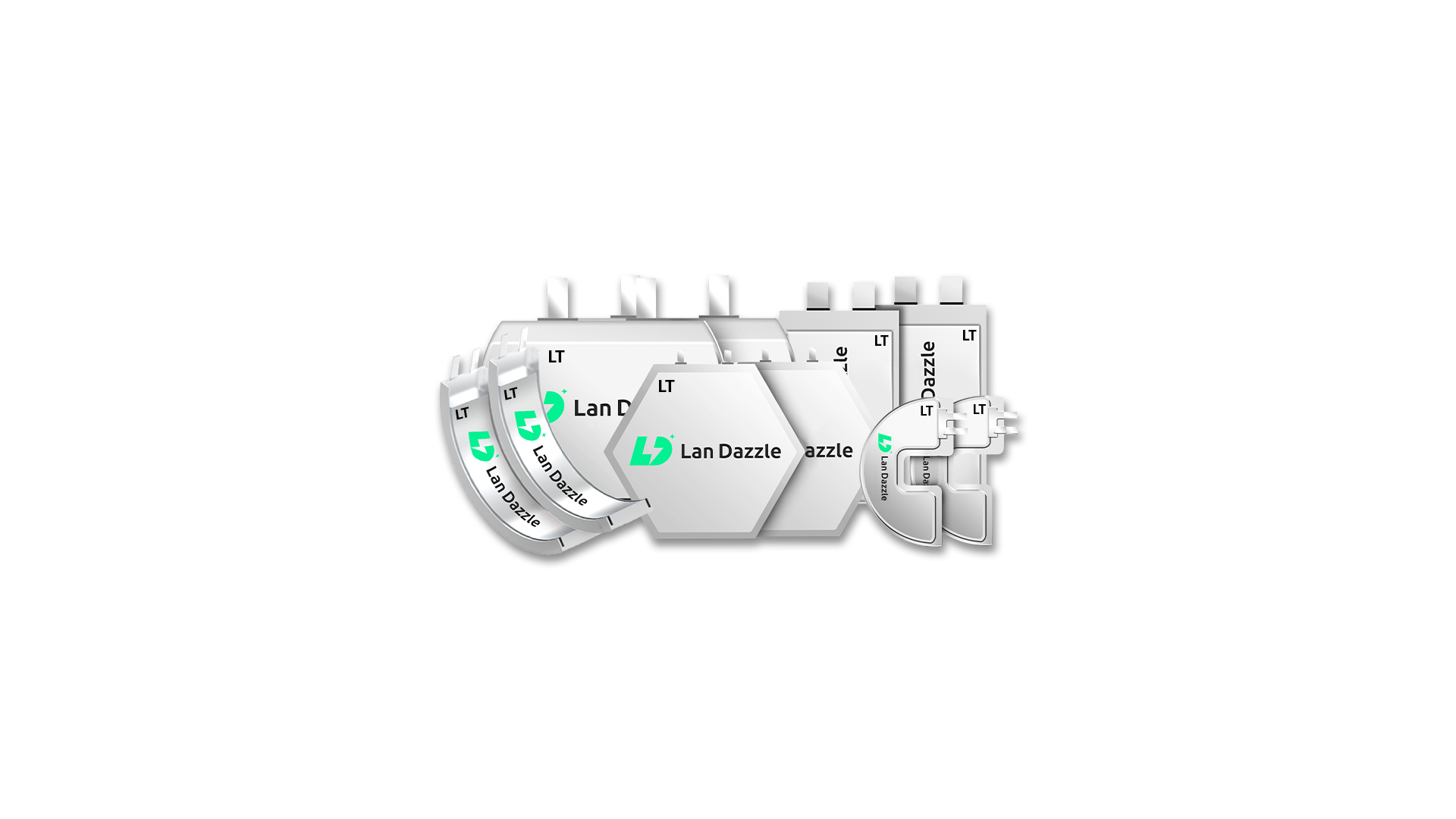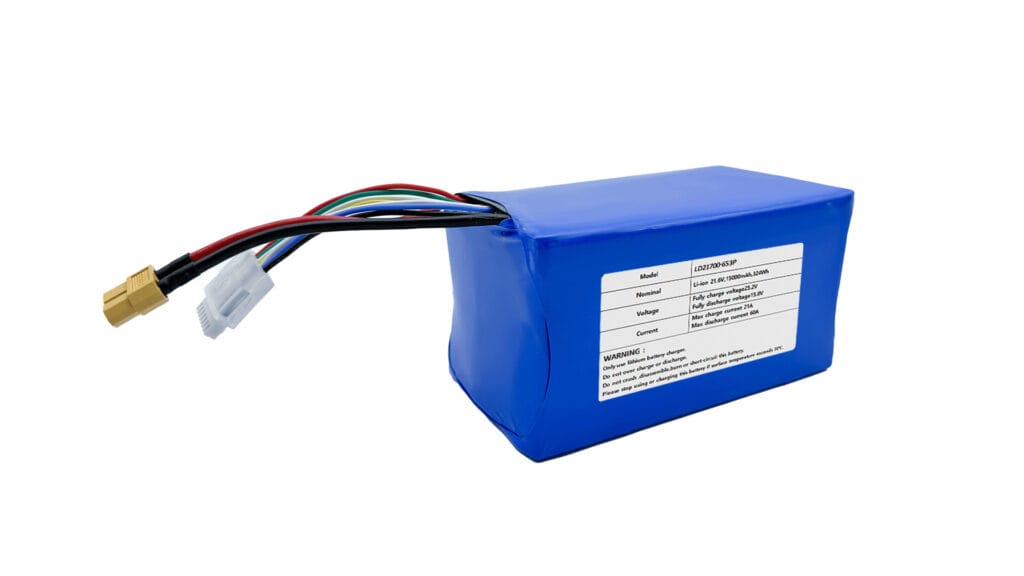In April 2025, Copenhagen Infrastructure Partners (CIP) sold a 50 % stake in its Coalburn 1 battery energy storage system (BESS) in South Lanarkshire, Scotland, to AXA Investment Managers’ alternative investments arm, AXA IM Alts [1]. Coalburn 1 is a 500 MW/1 GWh lithium-ion BESS slated for commissioning in early 2026 and will be Europe’s largest operational battery storage facility upon completion [1][2].
Under the deal, CIP retains full responsibility for construction and operations, leveraging its CI IV fund’s expertise, while AXA provides long-term, inflation-linked capital [3][4]. The project’s revenues are underpinned by a 10-year optimization agreement with SSE and a 15-year capacity market contract [1]. This partnership marks AXA’s debut in the UK battery storage market and underscores the growing investment case for large-scale BESS in Europe’s renewable energy transition [1][5].
Europe’s Renewable Energy Context
Europe’s integration of variable renewables has accelerated: wind and solar now supply roughly one-third of the continent’s electricity [1]. This variability creates surpluses during peak generation and deficits during lulls, driving demand for grid-scale storage to balance supply and demand [2]. Large-scale BESS like Coalburn 1 capture excess renewable output and discharge it during high-demand periods, smoothing price volatility and reducing curtailment of clean generation [6][7].
Copenhagen Infrastructure Partners and the CI IV Fund
Founded in 2012, CIP manages greenfield funds specializing in offshore/onshore wind, solar PV, biomass, and energy storage [4]. Its CI IV fund made the final investment decision on Coalburn 1 in December 2023 and advanced quickly into construction [3]. Globally, CIP’s pipeline now exceeds 4.5 GW of BESS projects across Europe, North America, and Asia–Pacific, cementing its role as a leader in utility-scale storage development [3].
Coalburn 1 Technical Specifications
-
Power and Energy: 500 MW power output with two-hour duration (1 GWh storage capacity) [2].
-
Technology: Lithium-ion battery cells, chosen for their high energy density, rapid response, and proven lifecycle performance [1].
-
Grid Connection: Direct transmission-level hookup to provide frequency response, peak shaving, and energy arbitrage services [2].
-
Timeline: Financial investment decision in December 2023; construction underway; commissioning expected early 2026 [1][2].
Strategic Partnership with AXA IM Alts
On April 28, 2025, CIP announced AXA IM Alts would acquire a 50 % stake in Coalburn 1, marking AXA’s first UK battery storage investment [1][4]. Although financial terms remain confidential, AXA’s infrastructure team emphasizes long-term, inflation-linked revenue streams and alignment with net-zero objectives [4]. CIP retains project delivery and operational optimization responsibilities, ensuring performance and safety standards [1].
Financial and Commercial Structure
Coalburn 1’s diversified revenue model includes:
-
10-Year Optimization Agreement with SSE: SSE will handle dispatch optimization to maximize arbitrage and ancillary service income over ten years [1].
-
15-Year Capacity Market Contract: Guarantees availability payments during system stress events, de-risking cash flows for investors [1].
-
Merchant Market Participation: Captures price spreads by charging during low-price periods and discharging at peak rates [2].
Together, these streams create a resilient financial profile appealing to both CIP’s CI IV fund and AXA IM Alts [1].
Significance for Europe’s Energy Transition
Coalburn 1 addresses critical needs:
-
Grid Flexibility: Reduces curtailment of wind/solar, stabilizes prices, and defers transmission upgrades [6].
-
System Resilience: Provides fast-response reserves to replace services from retiring thermal plants [7].
The UK’s Clean Power 2030 plan targets 23–27 GW of battery storage by 2030 [8][9], and Coalburn 1 alone contributes nearly 2 % of this goal, underscoring its strategic importance.
Future Pipeline and Expansion
Beyond Coalburn 1, CIP’s CI IV fund is developing two sister BESS—Coalburn 2 and Devilla—each 500 MW/2 hr, with combined capacity of 1.5 GW/3 GWh, expected online by 2027–28 [5]. Globally, CIP’s BESS pipeline tops 4.5 GW, driving large-scale storage growth [3]. For AXA IM Alts, this investment lays the groundwork for further low-carbon infrastructure commitments [4].
Benefits to Stakeholders
-
Enhanced Reliability: Fast-acting reserves reduce blackout risk and maintain frequency stability [1].
-
Consumer Savings: Arbitrage smooths wholesale price peaks, potentially lowering retail bills [1].
-
Economic Impact: Construction and operations support local jobs and supply chains in South Lanarkshire [3].
-
Environmental Gains: Enables higher renewable penetration, reducing CO₂ emissions [1].
Challenges and Considerations
-
Safety and Thermal Management: Requires strict protocols to prevent cell-thermal runaway [1].
-
Grid Code Compliance: Involves complex coordination with transmission operators and evolving standards [2].
-
Community Engagement: Necessitates addressing noise, visual impact, and land-use concerns [5].
-
Technology Evolution: Emerging chemistries (e.g., solid-state) could affect long-term economics, though current supply chains favor lithium-ion [7].
Conclusion
The Coalburn 1 partnership between CIP and AXA IM Alts represents a milestone in Europe’s clean-energy infrastructure. Upon commissioning in early 2026, Coalburn 1 will be Europe’s largest BESS, enhancing grid flexibility, supporting renewable integration, and delivering economic and environmental benefits. This alliance underscores the maturing investment case for large-scale storage and paves the way for future deployments across Europe’s power systems.
References
-
Reuters, “CIP sells 50% stake in Scottish battery storage system to AXA,” Apr 28, 2025.
-
Marketscreener, “CIP sells 50% stake in Scottish battery storage system to AXA,” Apr 28, 2025.
-
ESS News, “CIP divests 50% of its 1 GWh Coalburn 1 BESS in Scotland,” Apr 28, 2025.
-
Financial Times, “Scotland to host 3 biggest battery energy storage systems in Europe,” Jan 2025.
-
Cornwall Insight, “Battery Storage Connection Queue Double the Grid’s Requirement …,” Feb 2025.
-
CarbonBrief, “Analysis: How the UK plans to reach clean power by 2030,” Dec 2024.
-
PV Magazine, “UK targets 45 GW solar, 23 GW BESS in Clean Power 2030 plan,” Dec 13, 2024.




